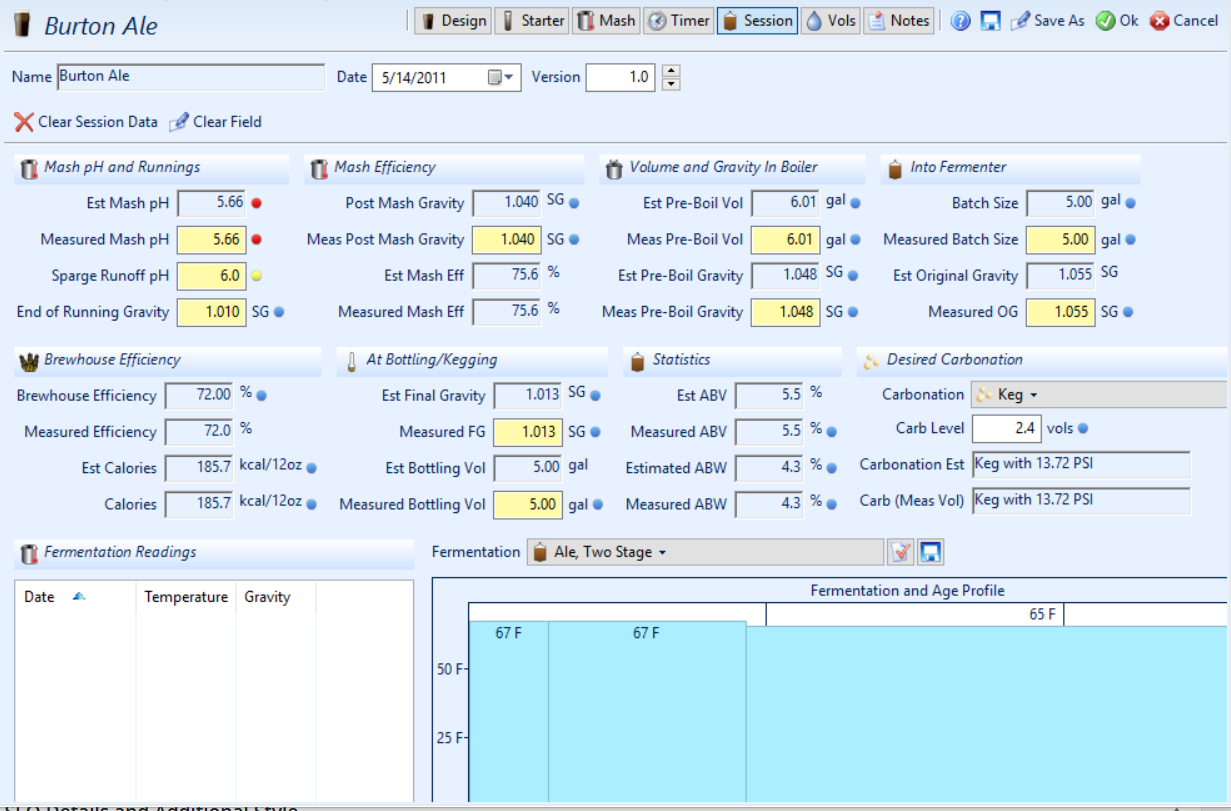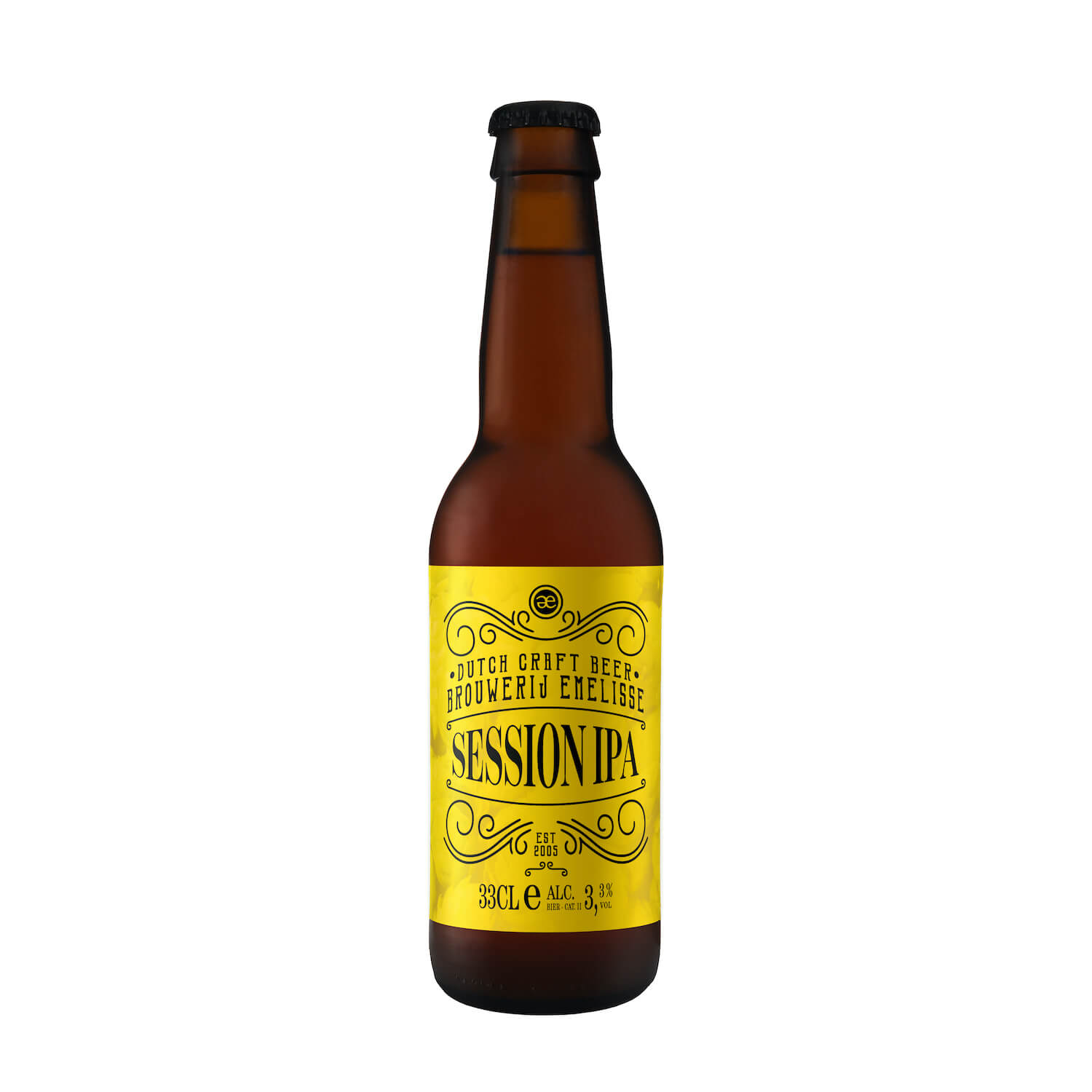

As brewing became more organised and reliable, many inns and taverns ceased brewing for themselves and bought beer from these early commercial breweries. Gradually, men became involved in brewing and organised themselves into guilds such as the Brewers Guild in London. The mediaeval authorities were more interested in ensuring adequate quality and strength of the beer than discouraging drinking. Alewives would put out an ale-wand to show when their beer was ready. In the Middle Ages, ale would have been brewed on the premises from which it was sold. In England, the per capita consumption was 275–300 liters (60–66 gallons) a year by the Late Middle Ages, and beer was drunk with every meal.


Beer provided a considerable amount of the daily calories in the northern regions. It was consumed daily by all social classes in the northern and eastern parts of Europe where grape cultivation was difficult or impossible. The Blue Anchor, a 15th-century brew pub in Helston, Cornwall īeer was one of the most common drinks during the Middle Ages. Middle Ages: Ale-wands, ale-wives and ale-conners Since this was well before the introduction of hops, other flavourings such as honey, meadowsweet ( Filipendula ulmaria) and mugwort ( Artemisia vulgaris) may have been used. īritish brewing is generally thought to have been part of a wider Celtic tradition. In the third and fourth centuries AD Roman hypocaust technology, for supplying central heating to homes, was adapted in Britain to build permanent corn dryers/ maltings, and the remains of these double-floored buildings, with underground flues, are found in Roman towns as well as on Roman farms. In Roman Britain, brewing, both domestic and retail, must have been widespread: remains indicating the existence of Roman-era malting or brewing operations have been found from Somerset to Northumberland, and South Wales to Colchester. Quite possibly the garrison bought the malt, and hired a local brewer to make beer from it for the troops. The accounts also show purchases of bracis or braces, that is, emmer wheat (or malt), doubtless for brewing.
SESSION BEER PROFESSIONAL
One list of accounts from Vindolanda mentions Atrectus the brewer (Atrectus cervesarius), the first named brewer in British history, as well as the first known professional brewer in Britain. They reveal the garrison at Vindolanda buying ceruese, or beer, as the legions doubtless did throughout the rest of Roman Britain, almost certainly from brewers in the local area.
SESSION BEER SERIES
A series of domestic and military accounts written on wooden tablets were dug up at the Roman fort of Vindolanda, at Chesterholm in modern Northumberland, dating to between AD90 and AD130. In the 1980s, archaeologists found the evidence that Rome's soldiers in Britain sustained themselves on Celtic ale. History Romano-Celtic Britain īrewing in what is now England was probably well established when the Romans arrived in 54 BC, and certainly continued under them. Other modern developments include consolidation of large brewers into multinational corporations growth of beer consumerism expansion of microbreweries and increased interest in bottle conditioned beers. Lager-style beer has increased considerably in popularity since the mid-20th century. Stout, porter and India pale ale were also originally brewed in London. As a beer brewing country, it is known for top fermented cask beer (also called real ale) which finishes maturing in the cellar of the pub rather than at the brewery and is served with only natural carbonation.Įnglish beer styles include bitter, mild, brown ale and old ale. Beer has been brewed in England for thousands of years.


 0 kommentar(er)
0 kommentar(er)
